Web Desk
TORONTO: When the global IIT alumni meeting in Kolkata in December honours their senior-most and first-batch colleagues to pass out from the Indian Institute of Technology at Kharagpur in 1955, Canada’s oldest IITian Jogendra Singh could be one of them.
‘Yes, I have been invited to the three-day PanIIT Global Conference in Kolkata from December 7, but I have yet to make up my mind,’’ says 80-year-old Singh who lives in Mississauga.
And soon his conversation turns to how the Indian Institutes of Technology (IITs) have become India’s top global brand today – 60 years later.
‘Yes, the seeds of the IIT brand were sown with our first batch (1951-55). We were 210 selected from all over the country through a rigorous process to study at India’s first IIT at Kharagpur. We were constantly reminded that we were the cream of India and supposed to excel,’’ says Singh.
‘On the very first day, we were told that no mercy will be shown to us, and no mercy was shown. That’s how IIT standards were set.’’
But he gives most of the credit for today’s IIT brand to the first prime minister Jawaharlal Nehru for his deep interest in tech education.
“The IITs were part of Nehru’s vision for India’s industrial development. He took personal interest in the first IIT and got the then West Bengal chief minister Bidhan Chandra Roy to give land for it at Kharagpur,’’ Singh says.
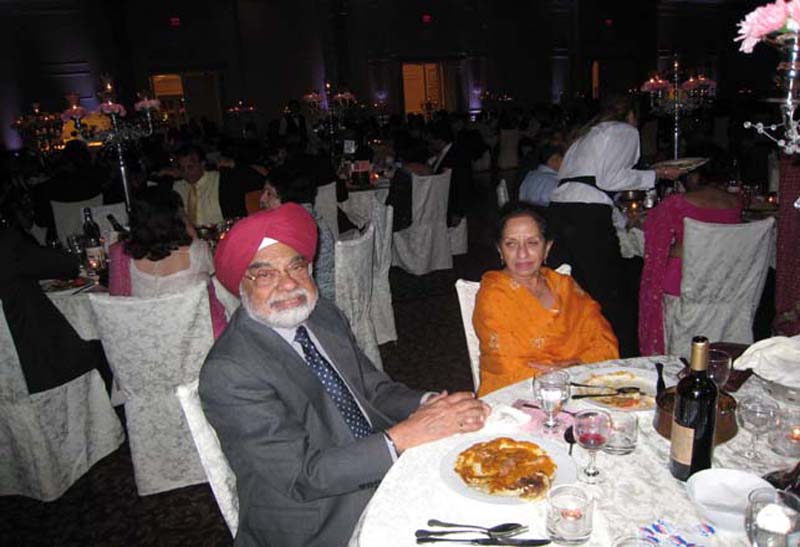

He recalls Nehru coming down for the foundation ceremony of the IIT building. “The prime minister again came for our convocation ceremony and spoke eloquently. We all shook his hands. Nehru was an intellectual giant but very emotional. On the contrary, education minister Abul Kalam Azad was a very calm person. He was very fatherly.’’
Giving examples of how touchy and sensitive Nehru was about properly nurturing the first IIT and its students, Singh recalls, “Once we were planning to go on a hunger-strike to protest against the mess contractor for giving us the same food every day. I think it used to be aloo-poori for breakfast, lunch and dinner. We told the Statesman correspondent in Kharagpur that we are going to go on a hunger-strike to protest against the mess contractor.
“The news was published and Nehru came to know of our hunger-strike. He was angry and phoned IIT director Dr J.C. Ghosh and showed his displeasure. Dr Ghosh called Dr B.R. Seth – who was president of the Gymkhana (students’ body) as well as head of the math department – to look into the matter immediately. Nehru must have scolded him. So Dr Seth came to us to tell that the contractor was being changed. On our suggestion, he also created four sections in the mess – north India, south India, east India and general mess – to cater to students from all regions of India.
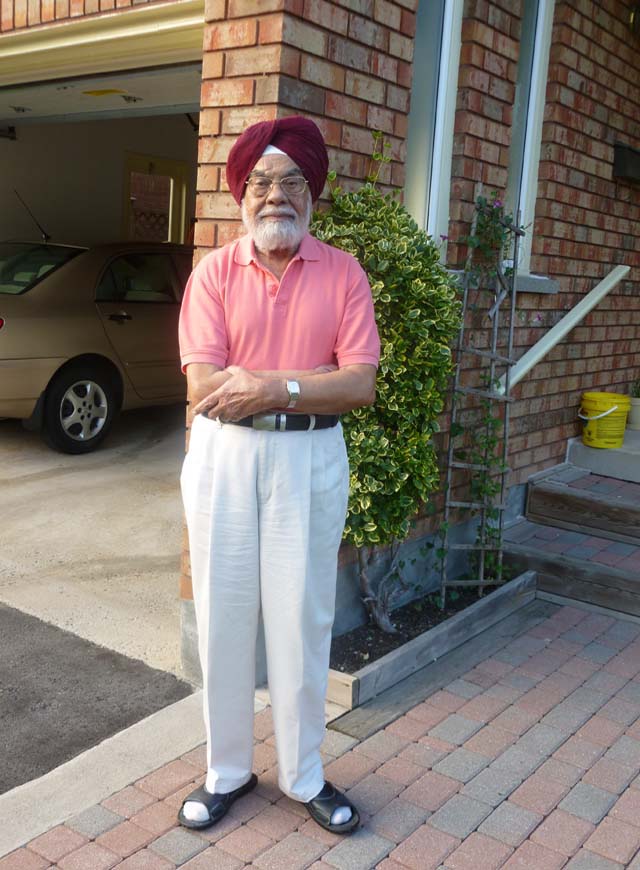

“But when Nehru came to know of these north/south/east/west sections in our mess, he again got furious. Probably the reason for his outburst was the new agitation for linguistic states. So he told the mess director to stop this north-south thing and have only two sections: veg and non-veg. That showed how particular Nehru was about engendering the right culture at the IITs.’’
Singh says he had just completed his B.Sc (honours) in physics from Delhi’s St. Stephen’s College in 1951 when an advertisement for IIT admissions appeared in the newspapers.
“Interviews were held in Delhi, Bombay, Calcutta, Madras and Allahabad. I remember 10 students were selected from each state. There were 60 seats each for mechanical, civil and electrical engineering. Plus there were 30 seats for building construction which were later merged with civil engineering.’’
Were there any girls among them? “Oh, no. Not even when I graduated in 1955,’’ laughs Singh.
As there were not many Indian teachers at the time, he says, mostly foreigners headed the IIT departments. “Since IIT Kharagpur was financed by UNESCO, foreign professors came there as part of that. One Dr Kraus was head of mechanical engineering. He was from Germany.”
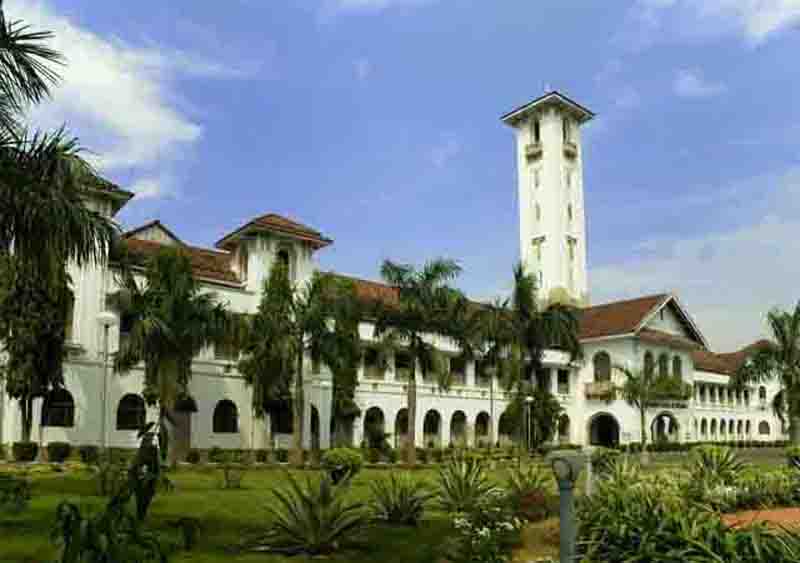

Since the IIT Kharagpur building was not ready in 1951, the classes for the first batch started in the old jail in the small village of Hijli.
“It was a huge political prison which was lying vacant after India’s independence. West Bengal chief minister Bidhan Chandra Roy gave it to the IIT. Slowly, the new campus started coming up,” says Singh.
He says his monthly mess bill used to come to Rs 60. “That was a bit high. But our annual fee was Rs 200, and we used to pay it in four installments.’’
Since Kharagpur was a railway town, he says, there were no recreational facilities there in those days. “But there used to be an Anglo-Indian club called the South Institute where they often showed English movies. We used to go there once in a while. That was the only luxury to us in those days,’’ he recalls.
After earning his electrical engineering degree in 1955, Jogendra Singh served in various capacities – first with the Central Water and Power Commission (CWPC) and then the Delhi Electric Supply Undertaking (DESU) where he was one of the two superintending engineers (distribution). In 1975, he decided to emigrate to Canada.
Since his 20-year work experience and IIT degrees had no recognition in Canada, Singh had to do his M.Sc from the University of Saskatchewan to be eligible for a job.
He joined Ontario Hydro after earning his Canadian degree and retired in 1997.
Winding off the conversation, he laughs, “You know, I changed the spellings of my name from Joginder to Jogendra as I was impressed by Sir Jogendra Singh, who was on the viceroy’s executive council and the brain behind the IITs, after meeting him during a visit to our school in Ajmer in the mid-1940s. I never knew at the time that I will be the first product (IITian) of his idea.’’
READ ALSO: Bal Krishan Kaplish was first IITian to abroad and marry a foreigner

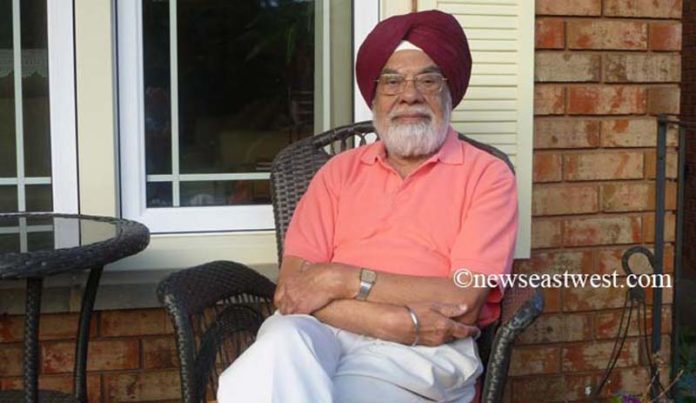

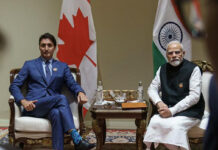
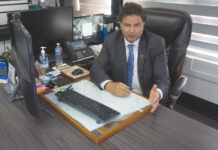
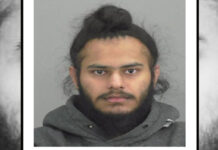


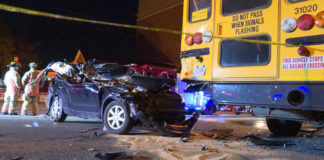
Any ” respected old-timer” in or around Montreal? I am here for a few days visiting my son and his family here. would love to see you…. Mangi (1966-71, Patel Hall, Mech. Engg )
Dear Jogendra:
When I joined Ontario Hydro (now Ontario Power Generation) in 1989, you were among the first IIT-Kgpians to congratulate me, and roped me right away into the IIT Kharagpur Alumni Association (now IIT Alumni Canada – IITAC) Executive, where as the founding President, you held monthly meetings on your fourth floor Board Room, and even held weekly meetings just before the annual picnics & dinners.
I was an Executive Board Member of IITAC from 1989-97, serving from 1993-95 as the General Secretary (V.P. Admin).
Thanks to your strong early guidance & dedication, IITAC is now a registered Not-for-Profit Organization, with a Constitution and thriving Membership!
With my best wishes and warmest regards,
Yours very sincerely,
Professional Engineer 1976
Derek Michael D’Costa, FEC’09
IIT Kharagpur Chem Engr 1969
Professional Engineers Ontario-West Toronto Chapter Executive Board Member 2023.
54 years in Toronto, Canada.
March 18, 2023
Dear Bal Krishan:
Thanks for your comments about my interview.
My interview has awakened old memories not only in my mind but also in the minds of others of the incredulous time we all had in Patel Hall and the IIT campus. By God’s grace we have all done well in life, albeit some better than the others. I was talking to Dr. Mohan Mathur (Class of 1959) last night and the name of Raghbir Singh Bir came up. You will recall him as your classmate. He was a gifted artist besides being an engineer.
I notice that you left India very early and after doing your masters in England went to Germany. It must have been rather challenging in the beginning as you may have had to learn German. I met Avtar and his wife Maria in Delhi last year and we talked about you. I believe he is not far from your place.
I am sure you would be the oldest IITian in Germany and may be all over Europe. I recall that Dharam Pal from the 1956 batch went to Switzerland and married a Swiss lady and settled there.
I meet your nephew, Praveen, and his wife on IIT functions. They are a good couple.
Remember my wife Jaswant and me to Monika and your daughters.
Warm regards and keep in touch.
Jaswant and Jogendra Singh
Jogendra Singh
2064 Wincanton Cres.
Mississauga, ON
L5M 3E3
Dear Mohan:
Thanks for your kind comments. This exercise has revived my memories of the incredible four years that I was privileged to spend at Kharagpur. All of us who were fortunate to be taught by the members of the faculty will agree with you whole-heartedly that those four years at Kharagpur were undoubtedly the best period of our learning span.
Although I learnt from teachers both before and after those four years at Kharagpur, I must say Prof. Kesavmurty was one of the two best teachers I ever had. He held the class spellbound. The other was Dr. M. N. Saha who taught sub-atomic physics for my B. Sc. (Hons) course at Delhi University.
Prof. T.V. Srinivasan was the first and for some time the only teacher in the electrical engineering department before Kesavmurty, Varshney, Menon and others joined the faculty. He started teaching us direct current machines and asked us to buy Christie’s book. Also, he asked us to buy an inter-leaf exercise book for taking notes. Notes were to be written on the ruled side and figures were to be drawn on the blank side using a pencil. We felt we were being treated as school children. I was a good but playful student and I gave him the name of Masterji which stuck to him even after I left.
Masterji often used to push us hard and sometimes expected impossible efforts. Once he gave us a problem which nobody was able to complete within the given time. We completed the problem in our rooms later and switched papers in his office at night. Perhaps we had an informer among us and Masterji came to know about it. He was visibly angry in his next class and refused to teach us calling us a bunch of cheats and thieves. Wiser counsel eventually prevailed and he resumed teaching after sometime.
I am copying my comments to Dr. Mohan Mathur to you to give you a flavour of our times at Kharagpur.
If you have missed my interview with News East-West and would like to read it click on the link below:
http://newseastwest.com/canadas-oldest-iitian-jogendra-singh-recalls-nehru-anecdotes-how-iits-became-top-brand/
Regards,
Jogendra Singh
2064 Wincanton Cres.
Mississauga, ON
L5M 3E3
Jogendra ji: Your, and through you, IIT Kharagpur’s coverage was great. Congratulations! You raked many fond memories for me. I joined IIT Kharagpur in 1956 a year after your graduation. The commonality between us is that I too am an electrical graduate, a Patelian and had an association with Ontario Hydro from 1990 to 99. Perhaps ours was the first batch requiring a written examination as well as an interview for admission at Kharagpur. I recall an extremely keen competition from superbright colleagues from all parts of India, outstanding professors like Sukumaran, Kesavamurthy, Srinivasan (Masterji) and others,and an onslaught of oral and written examinations. Those four years were the best of my lifelong learning. By the time I arrived in Canada(1969) IIT qualifications were recognized for professional registration. It is indeed a matter of pride and pleasure to see the distinction IITs have earned internationally.
Wishing you good health and happy retirement.
Mohan Mathur
Dear Jogendra,
Pleased to see your interview with the latest photos. It reminded me of our time together at the IIT Campus and our Patel Hall. I did Mechanical Engineering in 1955. I was the first of our batch who left India for further studies. I joined Sheffield University in October 1955 and did Masters in Metallurgy. Since 1971 I am in Germany and may be the oldest IITian in Germany. I am also 80 years old. Best wishes to you and your wife from Monika and myself.
Bal Krishan Kaplish
Dear Jogendra Singhji,
Very inspiring. What I find is common to this day is the IIT spirit. Incidentally, I am with CEA as one of its members.Hope to see you sometime.
Dear Bharaji,
Impresssed by your interview and one is proud to be an IITian (First Batch). Rami (wife) says……it is curse to marry IITian…….R high headed and egoistic.
I remember KHARAGPUR, way back 1963-64 (One of my best day in my life/career). I was overall captain and led IIT-Dwlhi sports contingent for a sports meet (All IITs), held in Kharagpur. I was also captain of my hockey team, the match was between KHARAGPUR and DELHI and it was Sunday.The stadium was FULL….70%-80% Anglo-Indian population… Kharagpur team were having six state-level professionals from Panjab University.The match decided on a controversial goal scored by Kharagpur in dying minutes.I was a CHINA WALL between goal post and Khragpur players.
The STADIUM GAVE me a standing ovation…. and the ANGLO-INDIAN CLUB called me for DINNER…..One of my memories of KHARAGPUR..63-64.
First Batch- 1966 (Passed out)- IIT Delhi
Dear Paramjit:
Thanks for your narrative of your visit to Kharagpur. However, I find your encounter with the Duke of Edinburgh to be more interesting.
Jogendra Singh
Dear Sir,
Nice article, gives us a warm feeling about the place, from where we passed out in 1975. Ravi Seethapathy, your colleague and my classmate, shared it with us classmates. Thanks for talking about those early days. Here is the link to a piece by Prof MN Faruqi on the same subject http://debashis1.tripod.com/kgphistory/kgphistory2.htm .
With best wishes,
Umesh K Dubey EE 75 KGP
Thanks for your comments. Incidentally, I worked for Mr. A.P. Seethapathy (Ravi’s father) while I was in CW&PC.
Naseem is one year junior to me (he is from 1956 batch). He had a room on the same floor as I while he was in Patel Hall.
Dear Sir
Glad to meet you. Im from Patel hall, 2001 pass out.However im unable to enter Canada as per new rules job offer needs LMIA and employers are reluctant. I was trying hard to connect to IITIans for some guidance. Kindly give me your valuable advice sir.
Dear Jogendra,
I was away all this week and just came home….
What a great article and the way you have summarised it in examples is truly a masterpiece in understanding what was the vision then and how the foundations in the people side too had to be laid as well.
Kudos.
Best
Ravi Seethapathy
We all are proud of you, Jogendra Sahab.
Ahmad Cameron
Brampton ON
Congratulations, Jogendra Singh for a very inspiring and thought-provoking interview.
Very best regards,
Rabiz Foda
I am very pleased to read about Shri Jogendra Singh – a first-batch student of IIT, Kharagpur. I was a third-batch student of IIT, Kharagpur. I also attended some classes at the old jail building. It is interesting to know that Mr.Singh did his M.Sc from the University of Saskatchewan. I also had my M.Sc from the same university. I was in Saskatoon from 1966 to 1976.